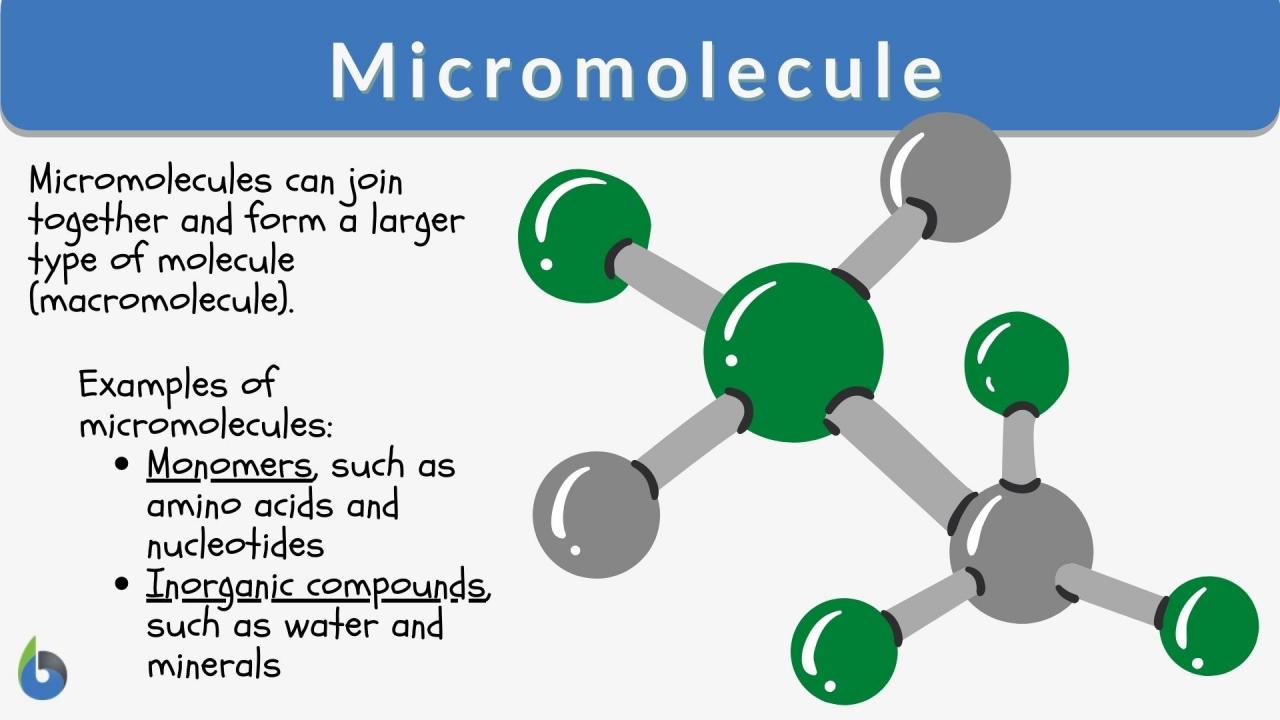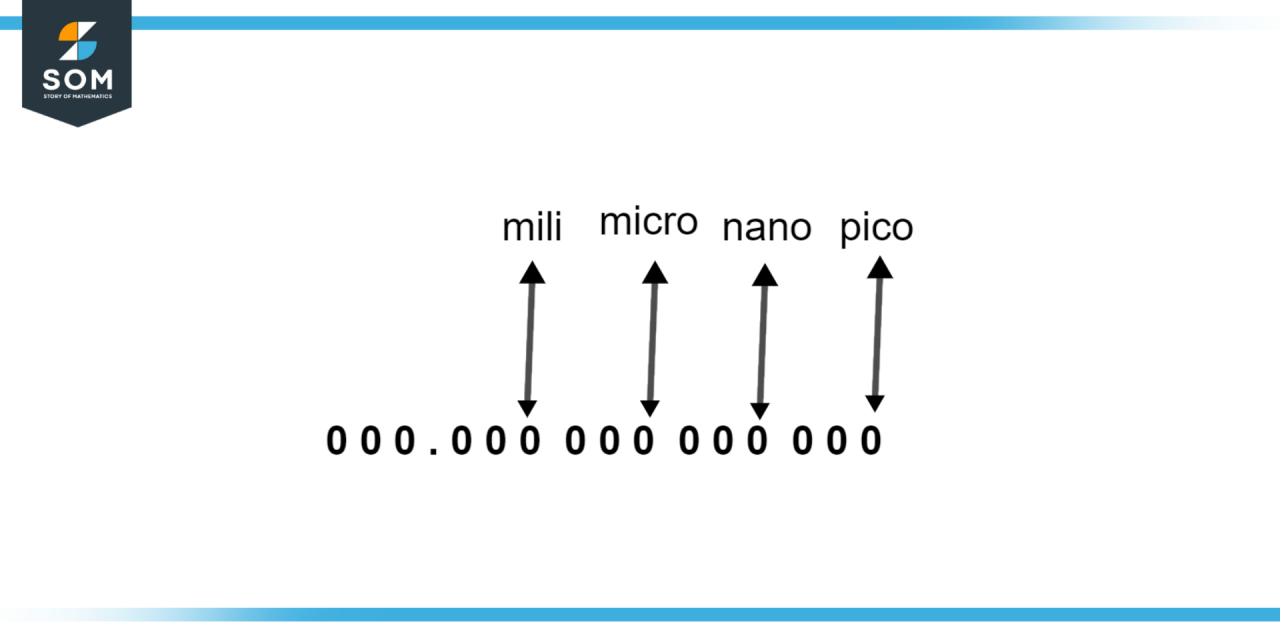
Micro definitions, bite-sized explanations that convey complex concepts succinctly, are revolutionizing communication. Their clarity, conciseness, and versatility make them indispensable tools for enhancing understanding and streamlining knowledge transfer.
These compact definitions serve a multitude of purposes, from simplifying technical jargon to providing quick references and fostering collaboration. By breaking down complex ideas into digestible chunks, micro definitions empower individuals to grasp concepts effortlessly.
Micro Definition

Micro definition is a concise and specific definition of a term or concept, typically consisting of a few words or a short phrase. It aims to provide a quick and clear understanding of the meaning, often used in technical or specialized fields to establish a common ground for communication.
Definitions and Explanations, Micro definition
Micro definitions are brief, to-the-point explanations that clarify the meaning of a specific term or concept. They are designed to be easily understood and remembered, often using simple language and avoiding jargon or technical terms.
Examples of micro definitions include:
- Algorithm:A set of instructions for solving a problem or performing a task.
- Database:A collection of organized data.
- Marketing:The process of promoting and selling products or services.
Micro definitions are particularly useful in technical or specialized fields, where precise and consistent terminology is essential. They help establish a common understanding among professionals and reduce the risk of misunderstandings.
Applications and Examples
Micro definitions have a wide range of applications, including:
- Technical documentation:Providing clear and concise explanations of technical terms and concepts.
- Educational materials:Defining key terms and concepts in a simplified manner for students.
- Business communication:Ensuring that all parties involved in a project or discussion have a shared understanding of the terminology used.
Examples of micro definitions used in different contexts:
- In software development:“API: A set of routines, protocols, and tools for building software applications.”
- In finance:“Hedge fund: An investment fund that uses advanced investment strategies to generate high returns.”
- In healthcare:“EKG: A test that records the electrical activity of the heart.”
By providing quick and clear explanations, micro definitions enhance communication and understanding in various fields.
Types and Structures
Micro definitions can be classified into different types based on their structure and purpose:
- Single-word definitions:A single word that defines another word, e.g., “Car: A vehicle.”
- Phrasal definitions:A short phrase that defines a term, e.g., “Artificial intelligence: The ability of machines to perform tasks that normally require human intelligence.”
- Sentence definitions:A complete sentence that provides a definition, e.g., “Sustainable development: Development that meets the needs of the present without compromising the ability of future generations to meet their own needs.”
The structure of a micro definition typically includes:
- Term:The word or concept being defined.
- Definition:The explanation or meaning of the term.
- Optional context:Additional information or examples to clarify the definition.
For example:
Term:Algorithm Definition:A set of instructions for solving a problem. Context:Algorithms are used in various fields, such as computer science, mathematics, and engineering.
Design and Best Practices
Effective micro definitions follow certain best practices:
- Clarity:The definition should be clear and easy to understand, avoiding ambiguity or jargon.
- Conciseness:The definition should be as brief as possible while still conveying the necessary information.
- Accuracy:The definition should be factually correct and based on reliable sources.
To incorporate micro definitions into content:
- Use them sparingly and only when necessary to clarify a term or concept.
- Place the definition close to the first mention of the term.
- Consider using a consistent style for micro definitions throughout the document or website.
By following these best practices, micro definitions can effectively enhance the clarity and understanding of written content.
Comparison with Traditional Definitions
Micro definitions differ from traditional definitions in several ways:
- Length:Micro definitions are much shorter and more concise than traditional definitions.
- Purpose:Micro definitions aim to provide a quick and specific understanding of a term, while traditional definitions may provide more comprehensive explanations.
- Context:Micro definitions often include context or examples to clarify the meaning, while traditional definitions may focus on the general definition.
Micro definitions are more suitable than traditional definitions when:
- The term needs to be defined quickly and concisely.
- The audience is already familiar with the general concept and needs a specific clarification.
- The definition is used in a technical or specialized context where precise terminology is essential.
Conclusion

In a world where information overload is rampant, micro definitions stand out as beacons of clarity. Their ability to distill complex ideas into concise and accessible language makes them invaluable assets for educators, professionals, and anyone seeking to communicate effectively.
As the demand for efficient and precise communication continues to grow, micro definitions will undoubtedly play an increasingly pivotal role in shaping our understanding of the world.
Top FAQs: Micro Definition
What is the purpose of micro definitions?
Micro definitions aim to simplify complex concepts and provide quick references, enhancing understanding and fostering collaboration.
How do micro definitions differ from traditional definitions?
Micro definitions are concise, focusing on the core meaning of a term, while traditional definitions provide more comprehensive explanations.
What are the benefits of using micro definitions?
Micro definitions improve clarity, reduce cognitive load, and facilitate knowledge sharing.





